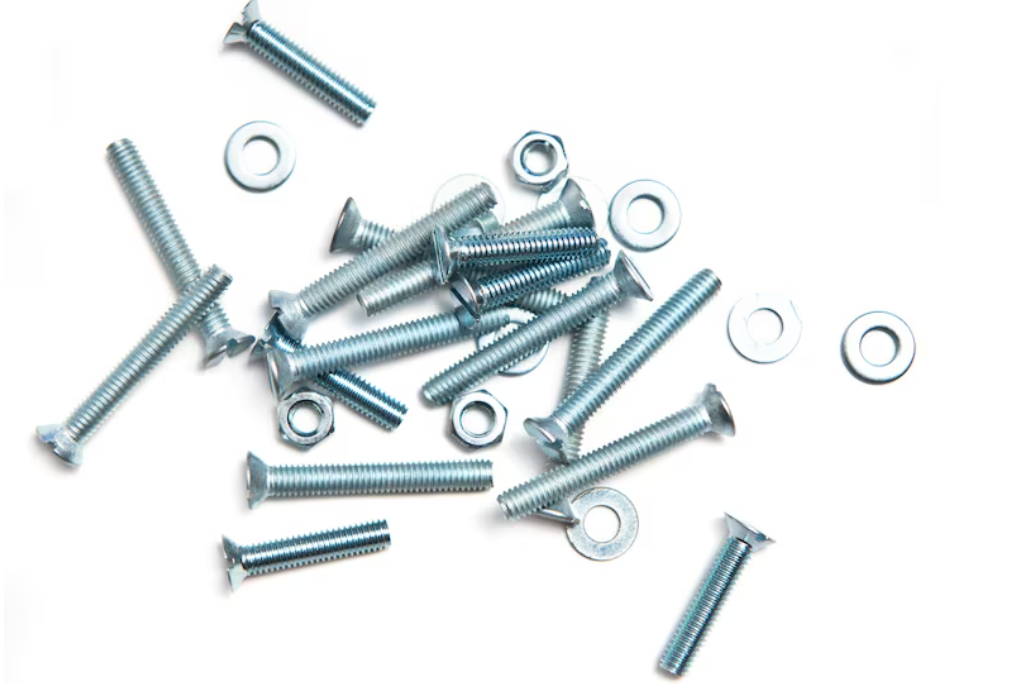Manufacturing failures happen when things don’t line up properly. You’ve probably seen it before – parts that should fit perfectly but somehow don’t. Components that shift over time. Assemblies that lose their precision after months of operation.
The frustration is real. Production schedules get delayed, quality suffers, and costs spiral upwards. Dowel pins offer a straightforward solution to these alignment nightmares, though many overlook their importance until something goes wrong.
These cylindrical pins might look unremarkable, but they’re doing serious work behind the scenes. They create fixed reference points that keep mechanical assemblies where they need to be.
Understanding the Basics
Dowel pins work on a simple principle. You drill matching holes in two components, insert the pin, and suddenly those parts can’t move relative to each other. It’s not rocket science, but the results matter enormously.
The pin resists shear forces while maintaining position accuracy. Unlike bolts that primarily clamp things together, these pins focus purely on location. They’re the difference between a wobbly assembly and one that stays put.
Manufacturing tolerances become critical here. If the hole sizes are wrong, you’ll either struggle with installation or deal with loose fits that defeat the purpose.
Types Available
Standard Straight Pins
The most common variety has a consistent diameter along its length. It is simple to specify and install, making it well-suited for general positioning tasks requiring reliable performance without complications.
Tapered Varieties
These have a slight taper, typically around a 1:50 ratio. The taper makes them easier to install whilst providing good retention. Removal becomes manageable when maintenance is required.
Grooved Options
Longitudinal grooves compress during installation, creating spring action that maintains contact with the hole walls. This is particularly useful with harder materials where standard pins might not grip properly.
Spiral Designs
Helical grooves are cut into the hole during installation. They offer superior holding power but require more installation force. They are a good choice for dynamic loading situations.
Material Choices Matter
Carbon Steel
The standard choice for most applications, it is reasonable in cost and has adequate strength for typical uses. If a higher hardness is needed, it can be heat-treated.
Stainless Steel
Costs more but handles corrosive environments properly. Food processing, marine applications, and moisture pose problems worldwide. The extra expense usually pays off long-term.
Hardened Steel
Maximum strength and wear resistance are essential for high-stress situations or where precision cannot degrade over time. Think automotive transmission cases or aerospace assemblies.
Softer Materials
Brass and aluminium serve specialised roles. They won’t damage expensive mating surfaces and offer good electrical properties when needed.
Where They’re Used
Automotive Sector
Engine blocks depend on precise cylinder head positioning, gear boxes need exact alignment between housing sections, and even brake components rely on dowel pins for safety-critical positioning.
Proper dowel pin selection benefits transmission assemblies particularly. Misalignment causes noise, vibration, and premature wear that affects the entire drivetrain.
Aerospace Applications
Aircraft engines operate under extreme conditions with zero tolerance for failure. Turbine sections must maintain perfect alignment despite temperature cycling and vibration loads.
The precision requirements often exceed what other industries consider acceptable. Positioning errors measured in thousandths of an inch can cause catastrophic failures.
Heavy Equipment
Construction machinery experiences massive forces and constant vibration. Hydraulic pump housings, planetary gear sets, and structural joints depend on dowel pins for alignment stability.
Mining equipment faces particularly harsh conditions where conventional fasteners might work loose. Proper pin selection keeps critical assemblies aligned despite the abuse.
Manufacturing Tooling
Production jigs and fixtures use dowel pins to ensure repeatable part placement. One mispositioned component can ruin an entire batch, making precise location essential.
Self-tapping screws and other fasteners often work alongside dowel pins in tooling applications, with each serving distinct functions in the overall assembly.
Selection Considerations
Load Analysis
Understanding the forces involved helps prevent failures. Shear loads are primary, but don’t ignore other force directions. Cyclic loading can cause fatigue issues if not properly considered.
Dynamic applications require different thinking than static assemblies. Vibration and shock loads affect pin retention and may require special design features.
Tolerance Requirements
This often determines success or failure. Standard practice uses H7 holes with M6 pin fits, but your application might need something different.
Tighter tolerances improve precision but make installation more difficult. Looser fits ease assembly, but reduces positioning accuracy. Finding the right balance takes experience.
Environmental Factors
Temperature affects material expansion and can change fit conditions. Corrosive environments demand material upgrades that increase costs but prevent premature failure.
Even seemingly mild conditions can cause problems over time. Moisture infiltration leads to corrosion that affects both pins and holes.
Common Issues
Gradual Loosening
Pins that work loose over time usually indicate inadequate interference fit or excessive cyclic loading. Sometimes, the solution involves tighter tolerances, and other times, it requires design changes.
Installation Problems
Damaged pins during assembly often point to poor hole preparation or wrong pin selection. Proper tooling and technique prevent most installation issues.
Corrosion Damage
Even in benign environments, moisture can cause problems. Material selection becomes critical for long-term reliability.
Installation Guidelines
Hole quality affects everything else. Straight, properly sized holes with good surface finish make installation easier and improve performance. Chamfered entries help guide pins during assembly.
Use appropriate tools rather than improvising with hammers and drift pins. Proper installation equipment prevents damage and ensures consistent results.
Companies with manufacturing expertise understand these details. Those with decades of experience know which shortcuts work and which cause problems later.
Quality control during production catches issues before they reach assembly lines. Working with established suppliers who understand precision requirements makes a difference.
Final Thoughts
Dowel pins solve alignment problems that can otherwise ruin entire assemblies. They’re simple in concept but critical in execution.
Success depends on matching pin characteristics to application requirements. Material selection, sizing, and installation methods all contribute to final performance.
When precision matters, these pins deliver the positioning accuracy that keeps assemblies working properly. They are small components with a big impact on system performance.

